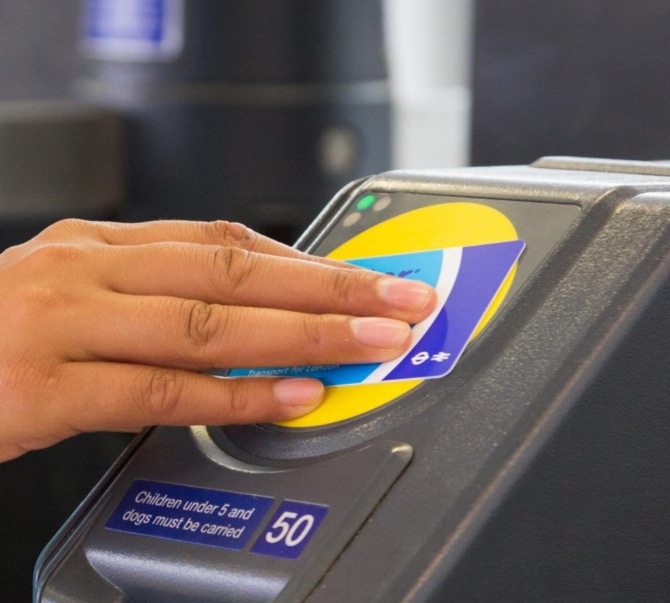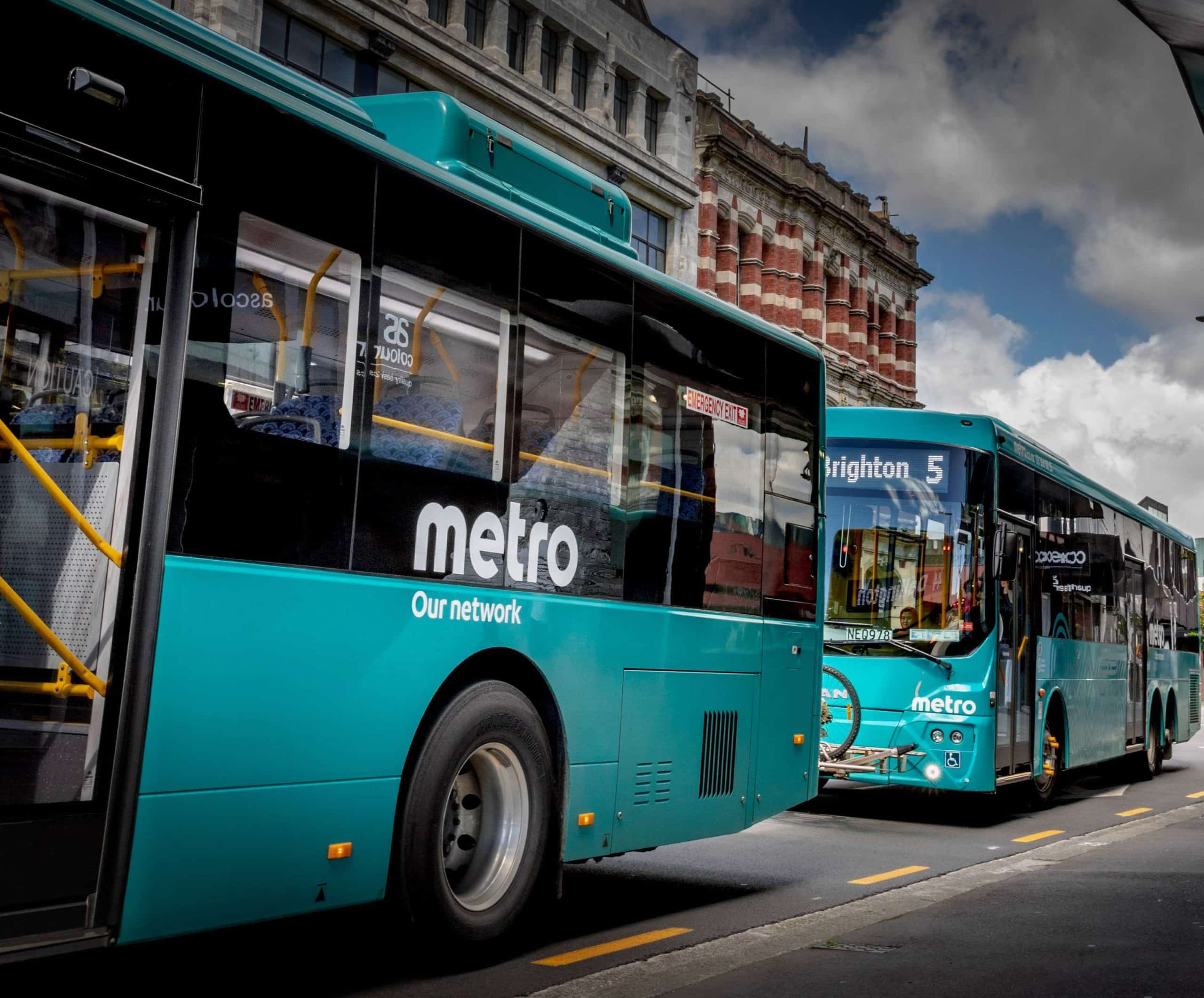
Article Highlights
While open-loop fare payments is growing globally, transit authorities and operators will need to continue to serve their customers who don’t have bank cards or don’t want to use them to pay fares. That includes the unbanked, children and people who want to remain completely anonymous.
Mobility Payments Table: Open-loop vs. Closed-Loop Fare Collection: Weighing the Pros and Cons
• Transport for London
• Infineon Technologies
• HID Global
• FEIG Electronic
• APSCA
While the trend today is for more transit agencies to introduce open-loop fare payments, closed-loop cards, either in physical form or dematerialized on smartphones and wearables, will be with us for many years to come–though perhaps in a reduced role. That’s according to a recent panel discussion at the Mobility Payments Asia Pacific 2021 conference.
















